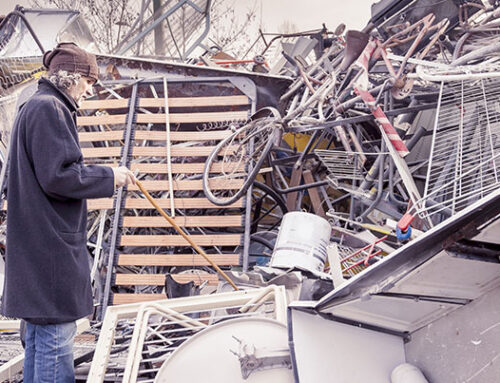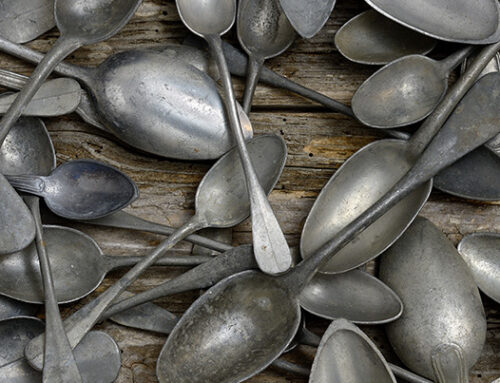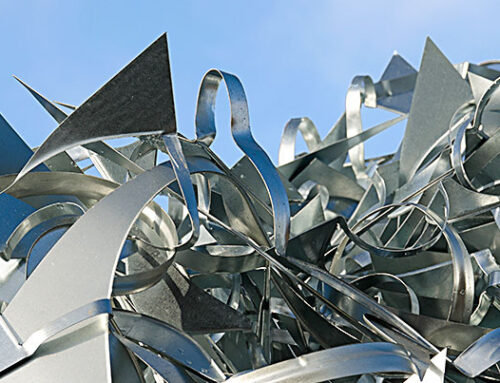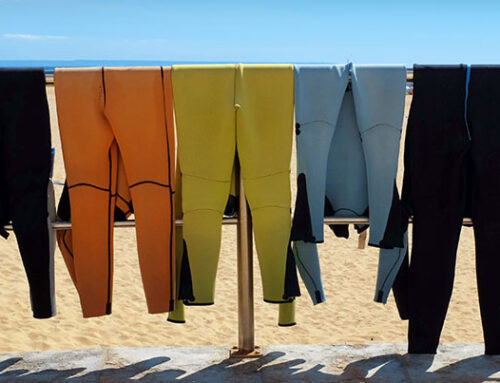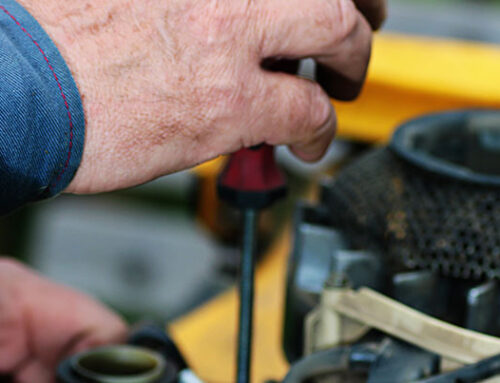Want to learn more about scrap recycling? Whether you’re just interested in the process in general or you want to start scrapping for yourself, here are a couple fun facts and tips that a lot of people outside the industry simply don’t know.
1. How Scrap Metal Recycling Protects the Environment
We all have at least a vague idea that recycling in general is good for the environment. Why is it good, though, and how does scrap metal recycling in particular help?
Recycling is good for the environment because almost all recycling takes less energy than the process for creating or mining new materials does. Scrap metal recycling is particularly beneficial because of the huge amounts of energy used to mine, refine, process, and ship metals, as opposed to the relatively tiny amount of energy taken to recycle it.
Scrap metal is also great because most of it can be recycled over and over again with no loss in quality. Glass is similar, but paper and plastic can only be recycled a certain number of times before their quality is too compromised for re-use.
2. Uses for Recycled Scrap Metal
This leads to one of the biggest benefits of recycled scrap metal: its wide range of uses. Because many common metals like steel and aluminum can be recycled so efficiently, without any loss in quality or integrity in many cases, recycled scrap metals can be used in virtually anything that freshly mined and refined metals are used in.
That means that recycled scrap metal can make amazing things, from the ubiquitous beverage can to the wings of an airplane.
3. What a Difference a Magnet Makes
While all recycled and recyclable scrap metals are useful, they’re also all used for different things based on their intrinsic properties. Iron (and steel, which is made from iron) is very heavy, for example, which limits its uses, but it’s also incredibly strong. That’s why high rises are made from steel, but airplanes use mostly aluminum.
One of the main tools that scrappers use to tell different metals and alloys (blends of different metals—sometimes with other metals, and sometimes with different materials entirely) apart is the humble magnet.
That’s because most ferrous (iron and iron-based) metals are magnetic, whereas most non-ferrous metals are not. You might never look at a magnet the same way again—and if you’re a scrapper, you should get one as soon as you can!
4. Subtle Differences in Metals—and How They Help Scrappers
As you might have guessed from the last fact, telling different metals apart can be difficult. Aluminum and steel, for example, are both shiny—but one is magnetic while the other is not.
Copper and brass, some of the most sought after recyclable scrap metals, can also be quite difficult to tell apart. Often, it’s easier to tell them apart by the ways they are used rather than their physical qualities.
For example, in copper piping, many of the fittings used to join pipes together are actually brass—which means that cutting them off and selling them separately can provide a big benefit for scrappers!
We hope you’ve enjoyed these fun tips, tricks, and interesting facts about recycling. If you have any other fun facts or want to ask any questions, let us know in the comments!


